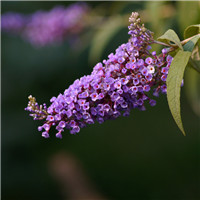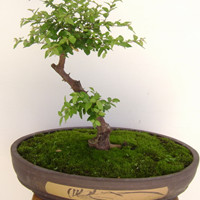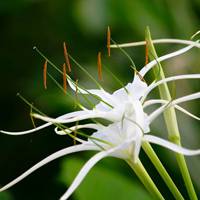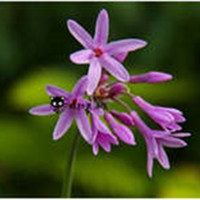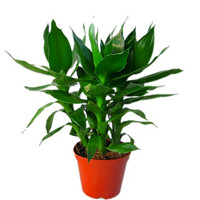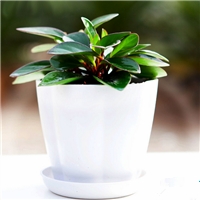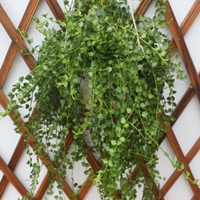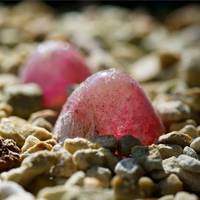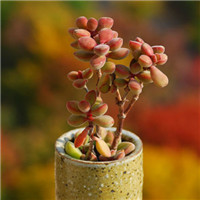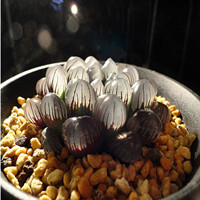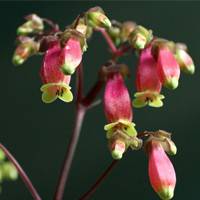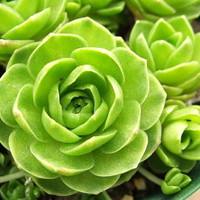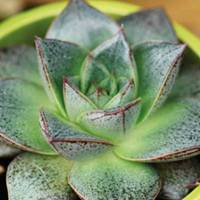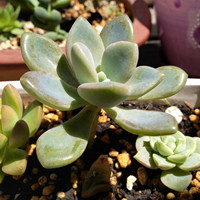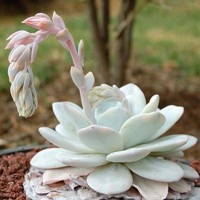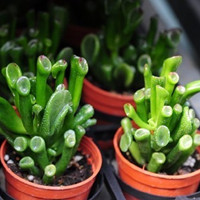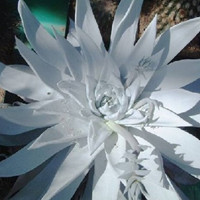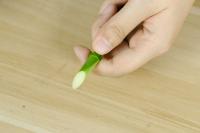How Often to Spray Soapy Water on Plants
Many gardeners use a solution of soapy water to protect their plants from pests and diseases. But how often should you spray your plants with this solution? The answer depends on the severity of the pest infestation and the type of plant you are treating. Here are some tips on how often to spray soapy water on plants:
For Mild Infestations
If you notice a few pests on your plants, you can usually control them with a mild solution of soapy water. Mix 1 tablespoon of liquid dish soap with 1 gallon of water in a spray bottle. Shake the bottle well to make sure the soap is well-distributed throughout the water. Spray the mixture on the affected plants, making sure to thoroughly cover the tops and undersides of the leaves. You can repeat this process every 5-7 days until the pests are gone.
For Moderate Infestations
If you have a moderate infestation of pests, you may need to increase the strength of your soapy water solution. Mix 2-3 tablespoons of dish soap with 1 gallon of water in a spray bottle. As before, shake the bottle well before spraying the mixture on affected plants. Reapply the solution every 3-5 days until the pests are no longer present.
For Severe Infestations
If you have a severe infestation of pests, you may need to use a stronger solution of soapy water. Mix 4-5 tablespoons of dish soap with 1 gallon of water in a spray bottle. Spray the entire plant with the mixture, focusing on the areas where the pests are most concentrated. Reapply the solution every 1-2 days until the pests are eliminated.
For Disease Prevention
Soapy water can also be used as a preventative measure against plant diseases. Mix 1 tablespoon of soap with 1 gallon of water and spray your plants every 2 weeks to help prevent diseases from taking hold. This solution can also help to control powdery mildew, a common fungal disease that affects many types of plants.
Precautions
While soapy water is an effective and eco-friendly way to control pests and diseases, it can also harm beneficial insects such as bees and ladybugs. Avoid spraying your plants during peak pollination times, and only use soapy water on plants that are not currently in bloom. Additionally, avoid using soapy water on very delicate or sensitive plants, as it can cause damage to their leaves.
In conclusion, the frequency of spraying soapy water on plants depends on the severity of the pest infestation and the type of plant you are treating. Use mild solutions for mild infestations, stronger solutions for moderate and severe infestations, and preventative measures to help avoid disease from taking hold. Remember to take precautions to avoid harming beneficial insects and sensitive plants, and repeat applications as necessary until the pests are eliminated.

 how many times do yo...
how many times do yo...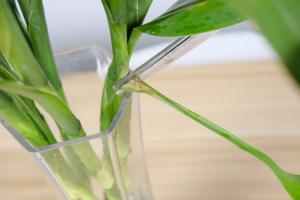 how many planted tre...
how many planted tre...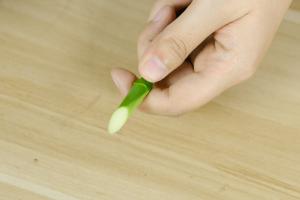 how many pine trees ...
how many pine trees ... how many pecan trees...
how many pecan trees... how many plants comp...
how many plants comp... how many plants can ...
how many plants can ...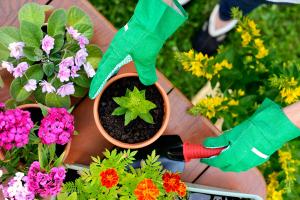 how many plants and ...
how many plants and ...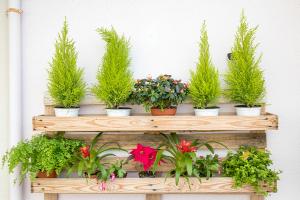 how many pepper plan...
how many pepper plan...

